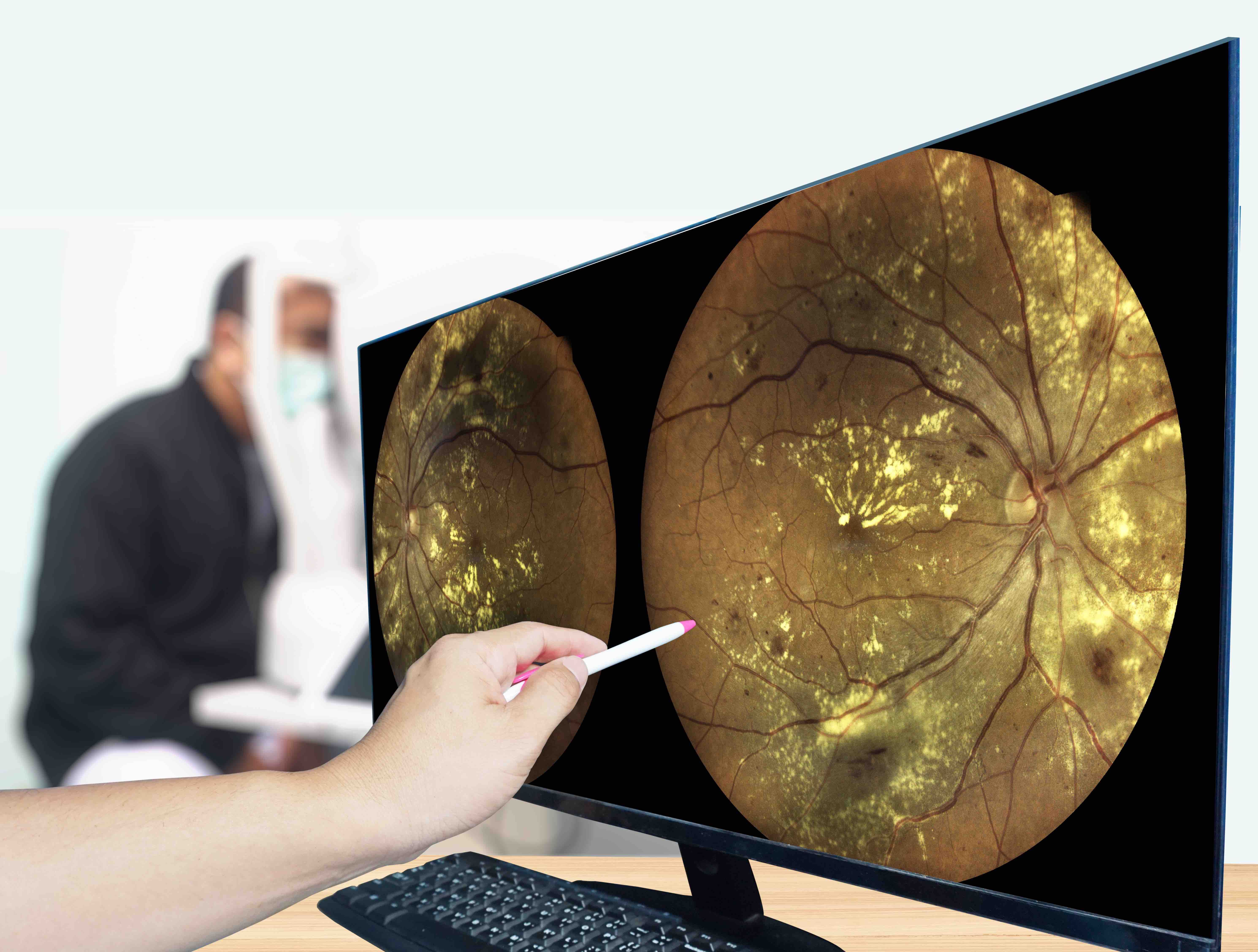Video
Dr Ajai Chari Outlines Disparities and Treatment Patterns in Multiple Myeloma
Research has shown disparities in multiple myeloma treatment between clinical trials and real-world outcomes, as well as a lot of heterogeneity among treatment patterns by age and region, said Ajai Chari, MD, associate professor of medicine, Hematology and Medical Oncology, Mount Sinai Hospital.
Research has shown disparities in multiple myeloma treatment between clinical trials and real-world outcomes, as well as a lot of heterogeneity among treatment patterns by age and region, said Ajai Chari, MD, associate professor of medicine, Hematology and Medical Oncology, Mount Sinai Hospital.
Transcript
What are some of the disparities we see in multiple myeloma treatment?
The disparities relate to the differences between clinical trials and real-world [outcomes]. So, in clinical trials we cherry picked really healthy patients. The treatment team is geared to treat until progression. The patients are also more likely to be going until progression on therapy. And there’s more radiologic screening, which might shorten the duration of treatment; conversely, patients might come off earlier because of biochemical progression due to rigorous testing.
So, when we go to the real world, we have patient factors where you may have patients who are older, have a lot of comorbidities that would not have been eligible for the study. And then patients might not get treated until progression because of either patient fatigue or physician or nursing fatigue in terms of continuing until progression. And, of course, if physicians aren’t checking rigorous [monoclonal] spikes, they might keep them on longer, they might keep them on even if patients have biochemical progression, but they don’t have clinical symptoms—they might continue on longer than a study would allow them to.
But in general, what we found was that treatment durations tend to be shorter in real world than in clinical trials, probably because of the patient comorbidities and the perhaps treatment team’s intention to treat to progression.
What treatment patterns in multiple myeloma have you seen by age and by region?
First of all, there’s not clear dominant treatment pattern in myeloma, neither by region, age, newly diagnosed, or relapsed. I think that’s one of the important findings from this. There’s a lot of heterogeneity in treatment across the world.
But what we do see in the US, the most commonly used induction regimen is VRd [bortezomib plus lenalidomide and dexamethasone] or RVd [lenalidomide plus bortezomib and dexamethasone], which is not used in Europe. We see more CyBorD [cyclophosphamide, bortezomib, and dexamethasone], VTd [bortezomib, thalidomide, and dexamethasone]. So, that’s a big regional difference.
Second thing is that triplets tend to be used more in newly diagnosed younger patients, transplant eligible. We see more doublet therapies in older patients and so those are some of the differences we see.




